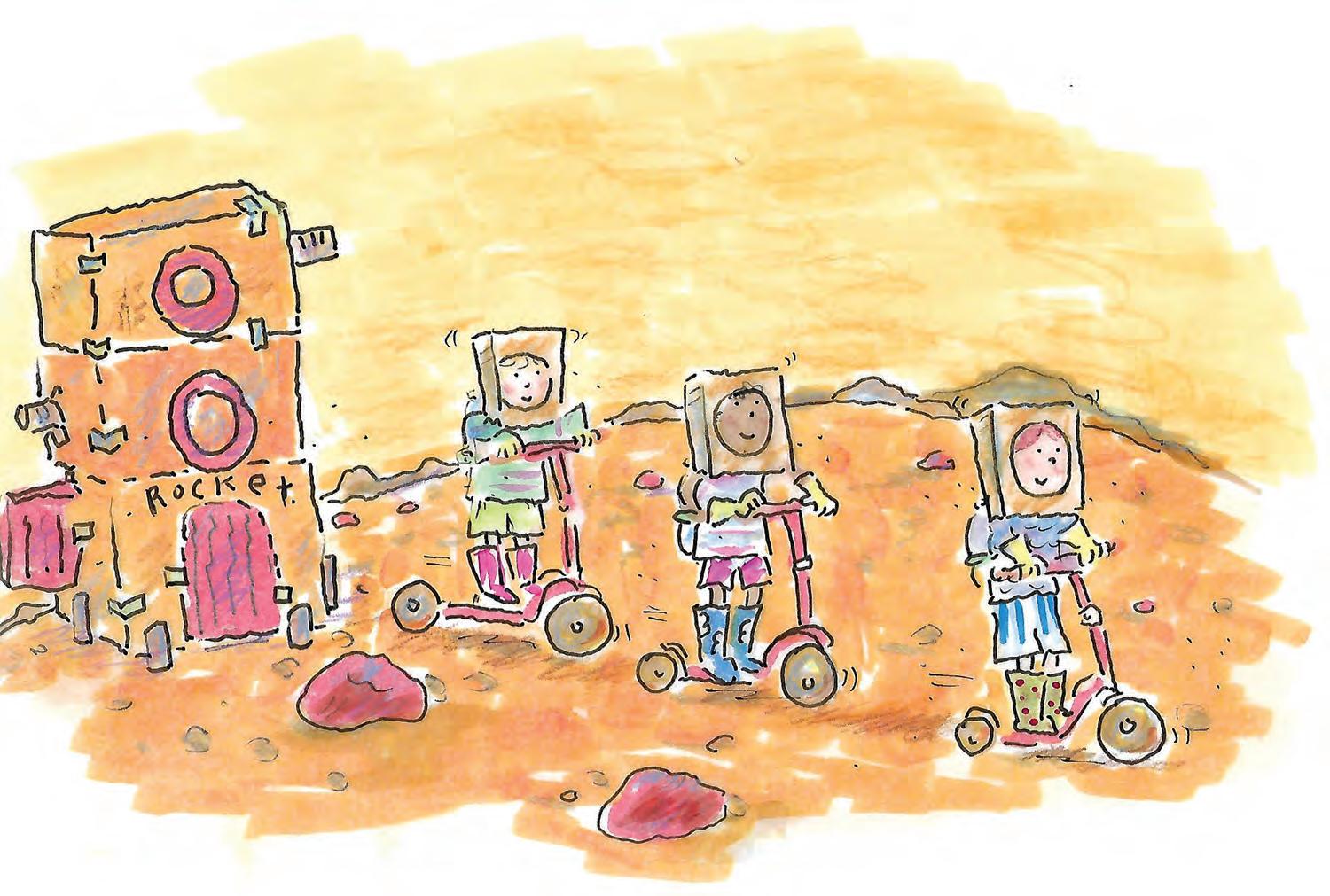neighborhood news
Our River: The Anacostia Escaping to the Kenilworth Aquatic Gardens by Bill Matuszeski
I
n these times of isolation and limits on things to do, we should think about those special places where we can get away, places that give us a sense of freedom, natural beauty and relaxation while we can still abide by the rules. One such place along our Anacostia that should rank high on your list is the Kenilworth Aquatic Gardens, a National Park Service facility located between the River and the Anacostia Freeway up near the Maryland line. It is a set of water-based flower gardens of many sizes, all connected by grassy paths to wander among the tall lotuses and other blooms. There is also a boardwalk that takes you out over the largest remaining tidal marsh in the DC area. And the entire area is blessed with a wide array of bird and animal life in the air, on the ground and in the water. Exactly how much is open will depend on where we are in the covid recovery; the boardwalk provides the greatest constraint on movement and maintaining distance, but the rest should not be a problem. Call 202-692-6080 for the current hours, openings and limits if you want to know before going. Or check on-line. The Gardens have an interesting history. In the 1880’s, Walter Shaw, a Civil War veteran, purchased 30 acres of wetlands from his in-laws and began to plant water gardens that
Pink Lotus Pond at the Aquatic Garden. Photo: Mary Procter
20
E a s t o f t h e R i v er D C N e w s . c o m
reminded him of his native Maine. He protected the areas from Corps of Engineers “improvement projects” in the River, and with his daughter Helen built a nursery business selling the plants. After his death in 1921, Helen continued and expanded the business and became a well-known advocate for these kinds of gardens. In the 1930’s, the ponds and the adjacent marches were purchased by the Federal government and added to the Anacostia River Park. The Park Service added 32 acres of wetlands in the 1990’s, has kept the gardens in good repair and has restored the tidal marshes. When you visit, you first spend time walking the paths connecting the set of water gardens of various sizes, then take note of the variety of plants in the ponds – from giant lotuses towering overhead to countless water lilies spread along the water surfaces, and occasional outbursts of color from hibiscus and other plants along the edges. From there you can walk out on the boardwalk over the tidal marshes if it is open. These marches present their own variety of floating and rooted plants. And everywhere there is wildlife – 257 species of birds alone have been identified at the Gardens– including a range of herons, egrets, eagles, hawks, geese and ducks. There is a wide selection of fish and amphibians in the ponds and marshes, and turtles, frogs and mammals are on the land and in the water. All this makes the Garden a magnificent place for snapping photos and even setting up an easel to paint nature in its many forms. It is especially nice as a place to take small children. They can run along the paths, collect the bugs and chase all the animals. And since the blossoms are nearly all high up on large plants or out in the ponds, they can be seen but not picked. Just be careful of all the channels and low spots in the land separating the ponds. For those wanting to participate in even more activities on an ongoing basis, there is the Friends of the Kenilworth Aquatic Gardens (friendsofkenilworthgardens.org), a volunteer organization that supports a variety of programs – volunteer gardening help on-site, education and interpretive programming, partnerships and fund-raising – even a photo contest! Even getting to the Gardens has its thrilling moments. By car, take the Anacostia Freeway to Burroughs Avenue and go west (left if coming from the south) through the lights, then bear right (following the yellow sign to the Gardens) onto Lee St., which becomes 40th St NE before coming to an end at Anacostia Avenue. Turn right and follow the Avenue to the entrance (maybe a half mile). A possibly quicker but less interesting route would take the Freeway to Eastern Avenue, then turn back south along the Freeway (stay off it) and right on Quarles to Anacostia Avenue and left to the entrance on your right. By Metro, take the Orange Line to Deanwood and the footbridge over the Freeway to join Douglas St., which takes you to Anacostia Avenue near the entrance. Or you can take the Anacostia River Trail by bike or walking. Right short of the Amtrak and New York Avenue overpasses there is a marked trail that takes you to the Gardens along a series of ponds filled with flowering plants. There is a plan to add a bridge to the Arboretum from the River Trail, which means you could spend the whole day out there with the trees and birds and flowers on both sides of Our River. Bill Matuszeski is a member of the Mayor’s Leadership Council for a Cleaner Anacostia River, and the retired Director of the Chesapeake Bay Program. He also serves on the board of Friends of the National Arboretum and on Citizen Advisory Committees for the Chesapeake and the Anacostia. u








